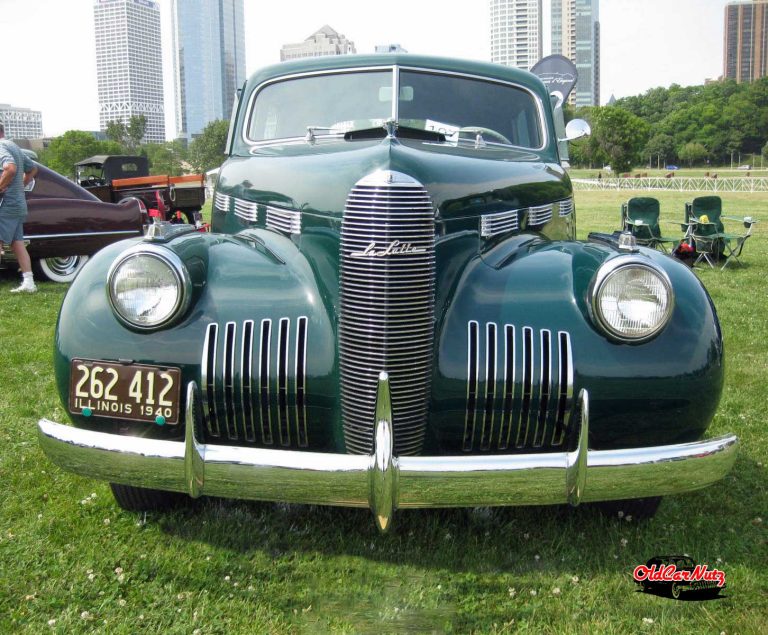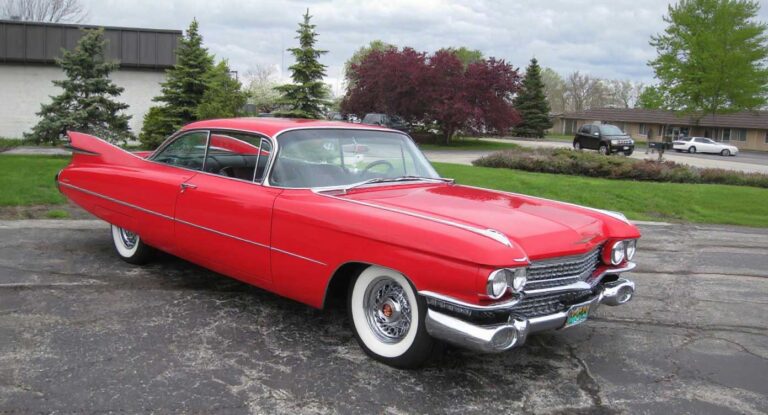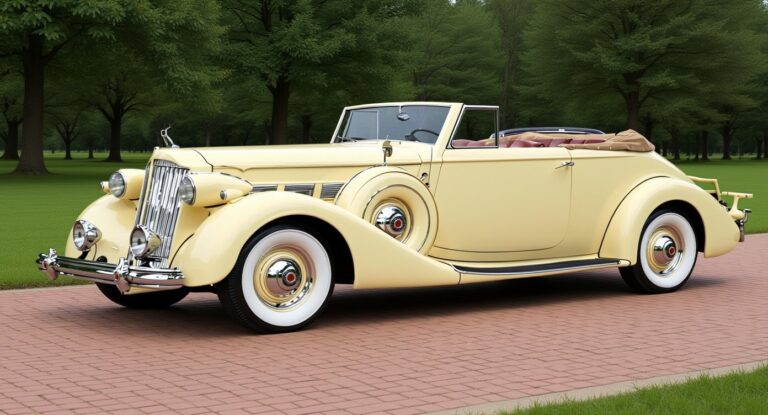The 1929 Duesenberg Model J Convertible Coupe represents the pinnacle of American automotive luxury and is arguably the most iconic car in Duesenberg’s history.
Its 6.9-liter straight-eight engine delivers 265 horsepower through a 3-speed Warner gearbox, reaching speeds of 116 mph. The 142.5-inch wheelbase provides a stable platform for custom coachwork by prestigious firms like Murphy Body Company.
Advanced features include vacuum-assisted hydraulic brakes, dual ignition, and a self-lubricating chassis.
With only 470 units produced, this engineering marvel‘s influence extends far beyond its limited production numbers.
Duesenberg only built the chassis and drivetrain. Custom coachbuilders and other specialists built the bodies and interiors to the customer’s specifications. It’s the reason why no two Duesenbergs are exactly alike.
This Duesenberg, serial number J184, is powered by its original straight-8, a 420 ci engine capable of producing 265 hp and a top speed of 119 mph. This car also sports its original body, chassis, and interior.
Engineering Marvel: The 6.9L Straight-Eight Powerhouse
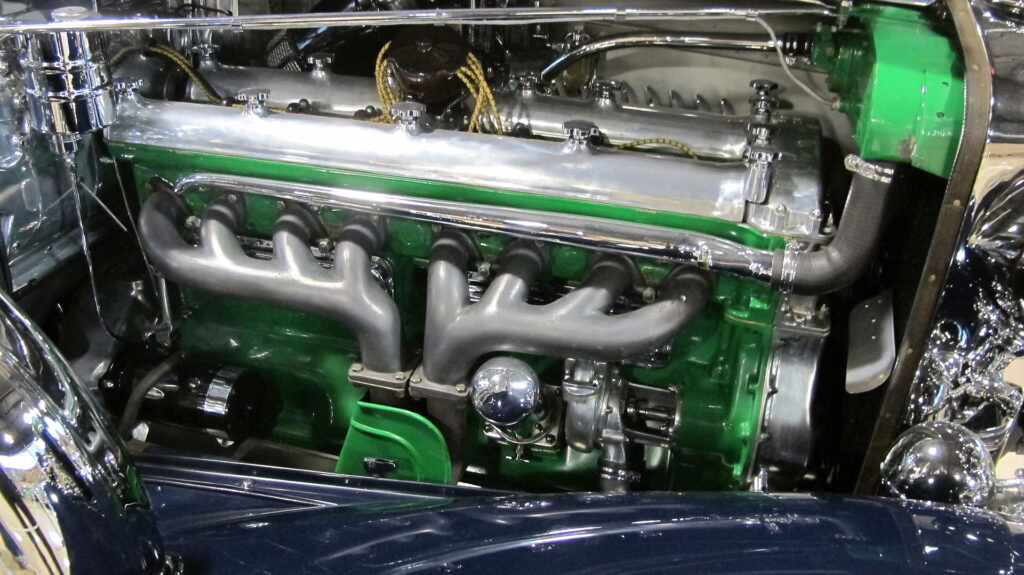
Nestled beneath the Model J’s elegant hood lies an engineering masterpiece – the formidable 6.9-liter straight-eight engine. The robust powerplant features a cast-iron block and head, with a substantial bore of 3.8 inches and a stroke of 4.7 inches.
Five main bearings guarantee exceptional durability and smooth operation throughout the rev range. A 3-speed Warner gearbox transmitted the engine’s substantial power to the rear wheels.
The engine’s sophisticated design includes a race-derived 32-valve DOHC configuration with four valves per cylinder, operating through direct-acting bucket followers. This advanced valvetrain, combined with pentroof combustion chambers and a 5.2:1 compression ratio, helps deliver an impressive 265 horsepower at 4200 rpm.
The engine generates substantial torque (374 lb-ft at 2000 rpm), making it one of the most powerful production engines of the late 1920s, outperforming rivals like Packard and Cadillac by more than double.
Luxurious Design and Custom Coachwork
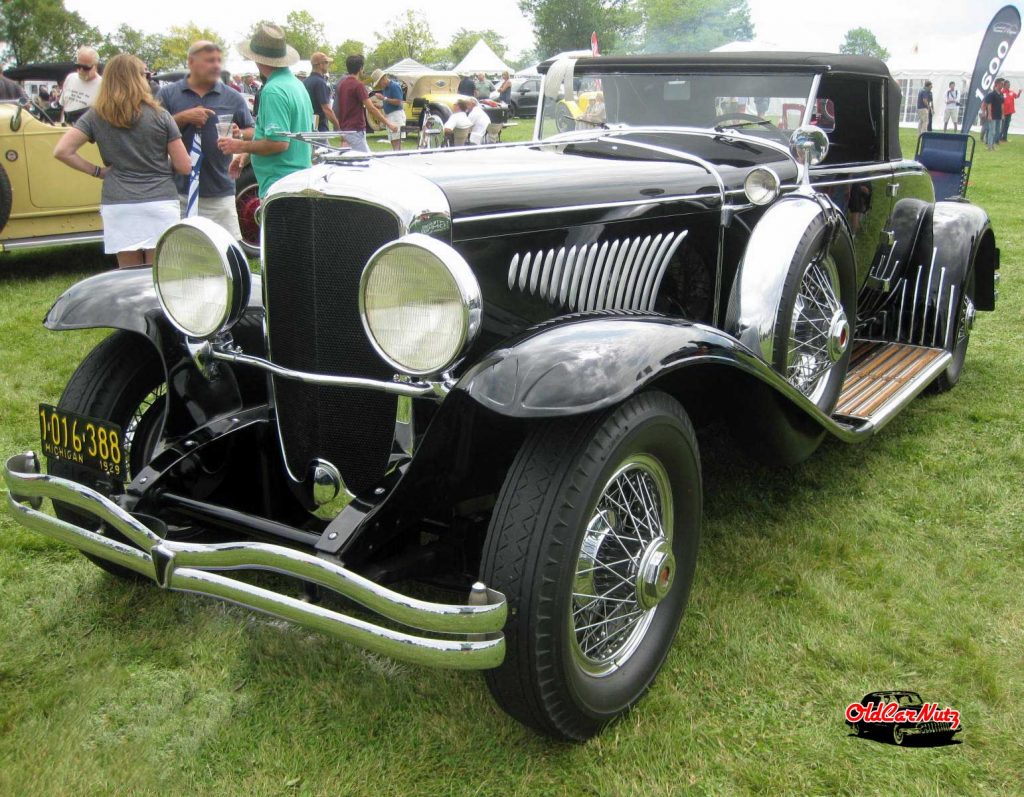
While the Model J’s engineering prowess was remarkable, its luxurious design and custom coachwork elevated it to legendary status among pre-war automobiles.
Prestigious firms like Murphy Body Company of Pasadena crafted distinctive bodies, from elegant convertible coupes to stately sedans. The massive 142.5-inch wheelbase provided an ideal canvas for these masterpieces. The striking Dual Cowl Body Phaeton was among Murphy’s most celebrated designs.
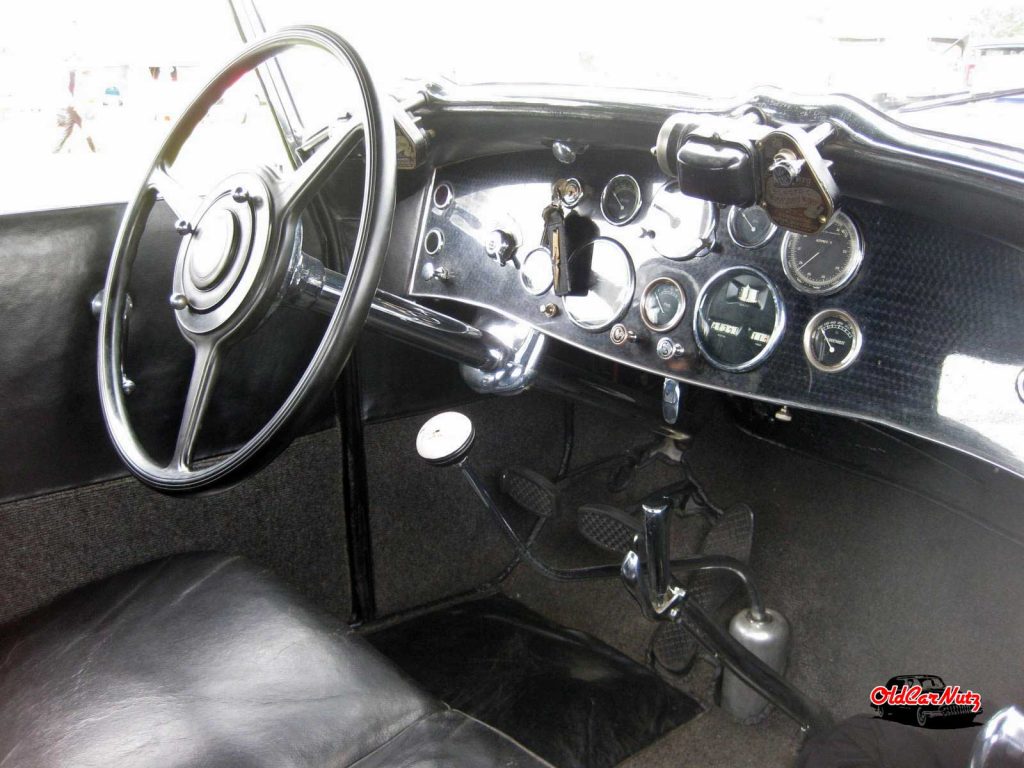
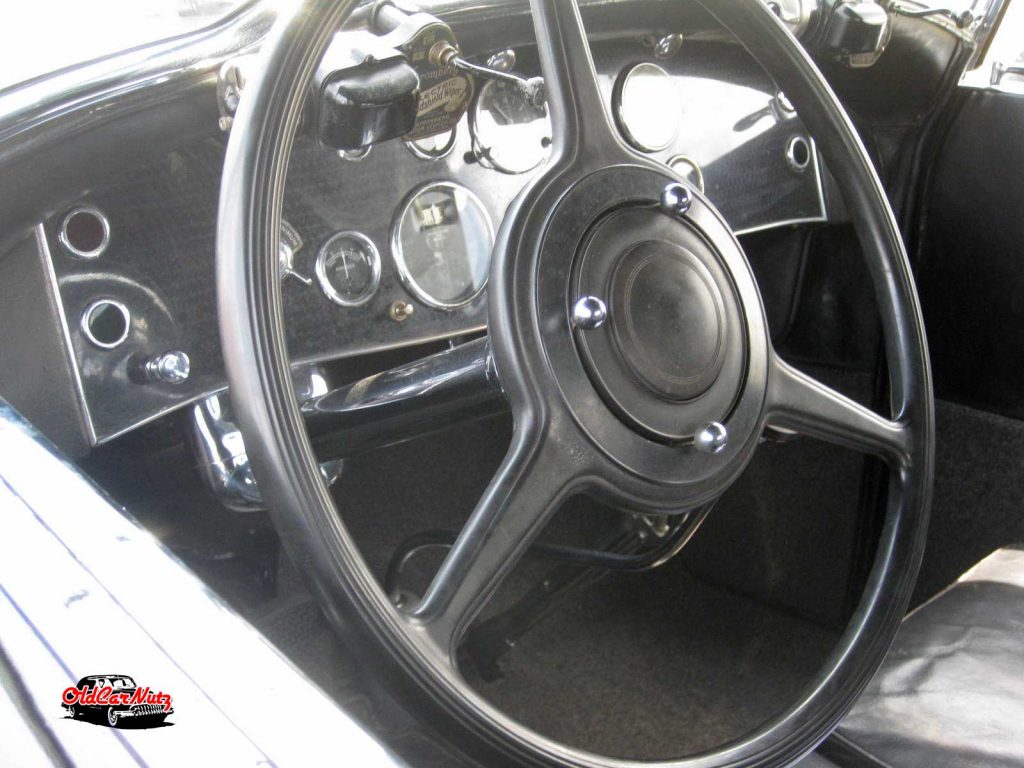
Inside, the Model J showcased unprecedented luxury and innovation. The dashboard featured an array of instruments, including a 150-mph speedometer, tachometer, and even an altimeter.
Premium materials adorned every surface, with nickel, chrome, and stainless steel finishes throughout the cabin. The extensive use of aluminum alloy in components like the dash and steering column helped maintain a manageable weight of 5,200 pounds, despite the car’s grand proportions and opulent appointments.
Performance and Driving Experience
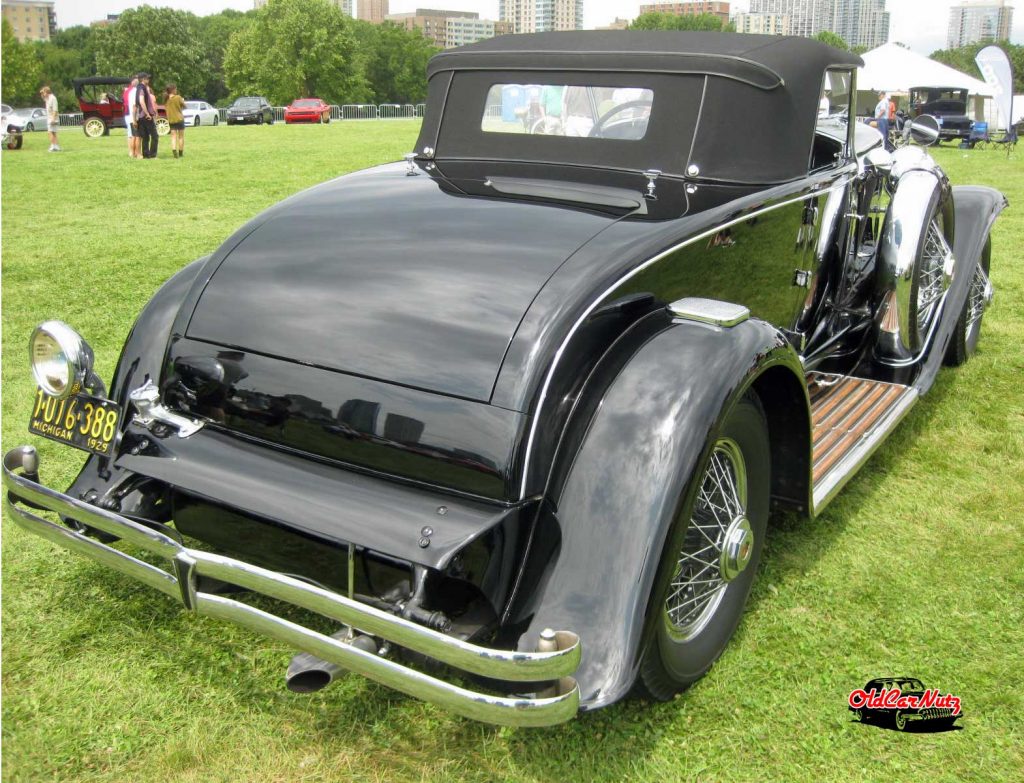
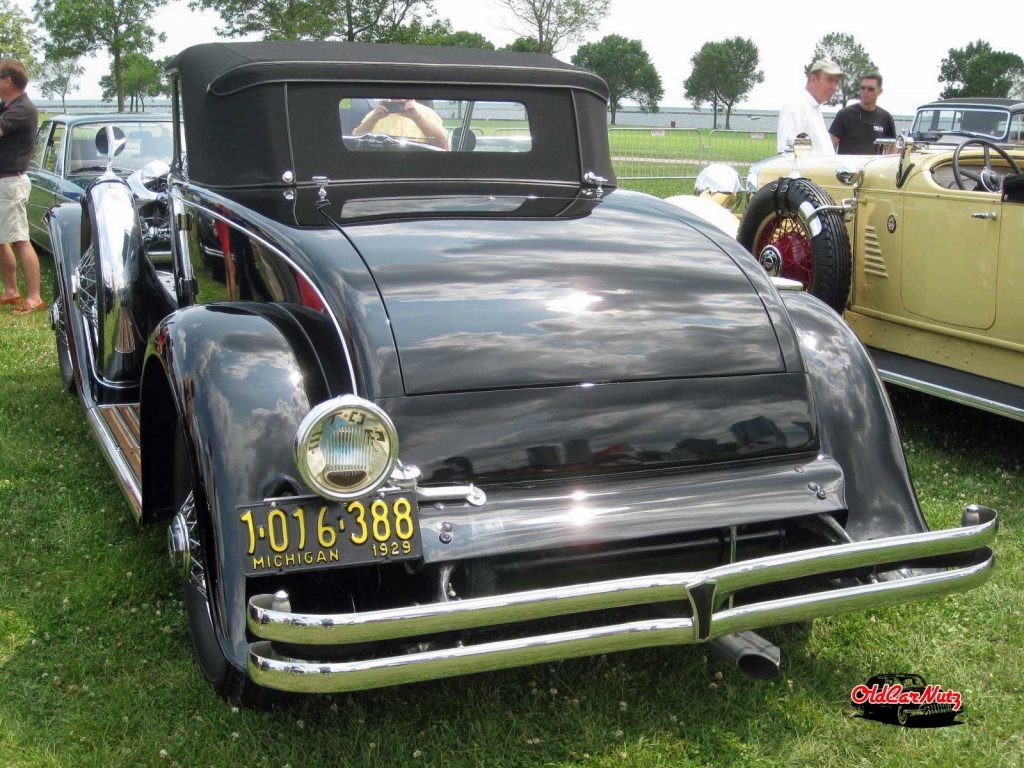
The Model J’s engineering excellence truly shone through in its remarkable performance capabilities. Its straight-eight engine produced an astounding 265 horsepower naturally aspirated, with supercharged versions reaching 325 horsepower. The dual overhead camshafts and four valves per cylinder delivered smooth, abundant power across the rev range.
At speeds that would terrify lesser automobiles, the Model J remained composed and steady. The massive 142.5-inch wheelbase and robust chassis provided exceptional stability, while vacuum-assisted hydraulic brakes offered stopping power far ahead of its time. Behind the wheel, drivers experienced what many described as conducting an orchestra.
Despite weighing over 5,000 pounds, the car could achieve 116 mph and reach 89 mph in second gear alone. The precise steering and responsive gearshift, though requiring physical effort, rewarded drivers with a level of control unprecedented for the era.
Advanced Features and Technical Innovations
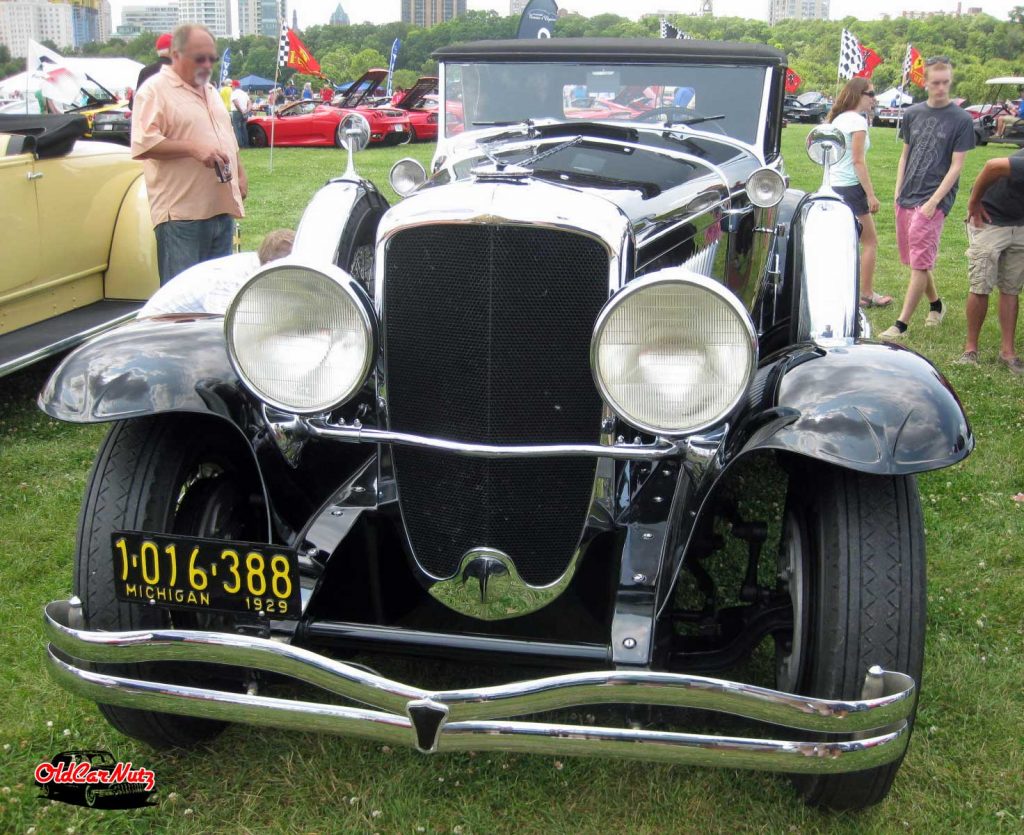
Deep within the Model J’s sophisticated design lay a remarkable collection of technical innovations that redefined automotive engineering standards of the late 1920s.
The car’s advanced features included a groundbreaking dual overhead camshaft engine with 32 valves, producing an impressive 265 horsepower. A self-lubricating chassis system maintained smooth operation every 75 miles, while the extensively instrumented dashboard featured maintenance warning lights and precise gauges, including a 150-mph speedometer and brake pressure indicator.
The engineering excellence extended to its robust construction, combining a quarter-inch-thick steel ladder frame with strategic use of aluminum alloy components to optimize weight. The powerful drivetrain featured a 3-speed manual transmission manufactured by Warner.
The dual ignition system, featuring two spark plugs per cylinder, enhanced combustion efficiency while enabling the vehicle to achieve speeds exceeding 115 mph.
Historical Impact and Market Value
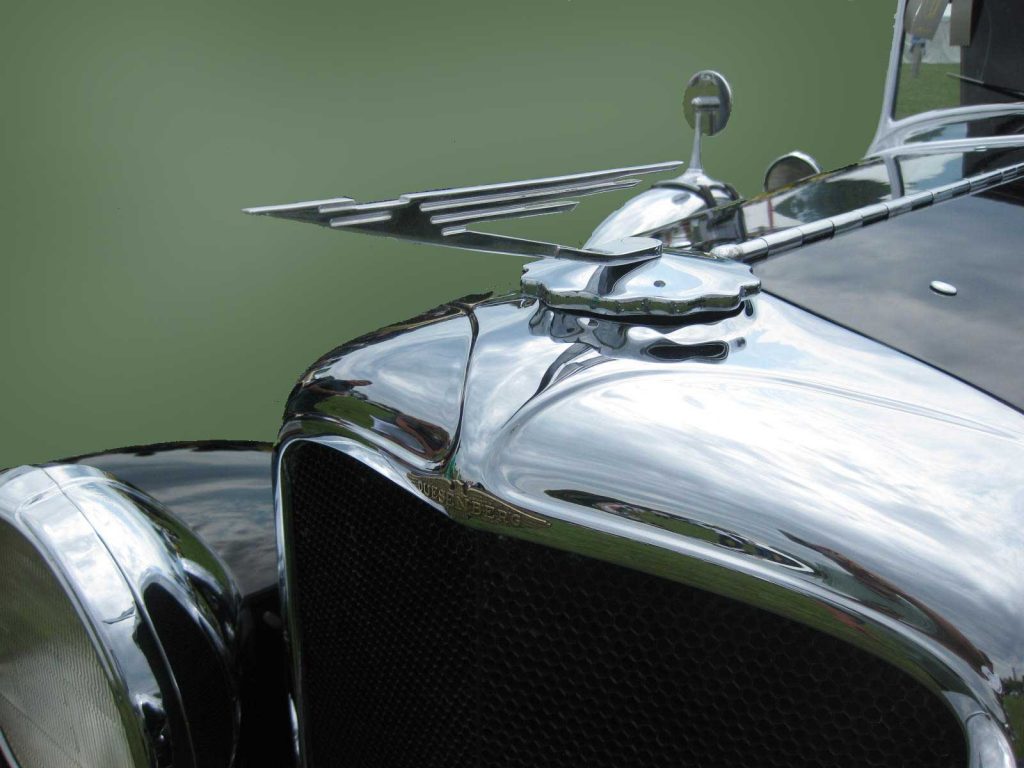
Introduced during America’s peak of prosperity in 1928, the Duesenberg Model J swiftly became a defining symbol of automotive excellence and social status.
With only 470 units produced, its rarity and engineering prowess established the phrase “That’s a Duesy” in American vernacular.
The Great Depression severely impacted the Model J’s market performance, limiting sales to just 200 units by late 1929.
Despite economic challenges, the vehicle’s reputation for luxury and quality endured.
Today, certified examples command extraordinary prices at auctions, with documentation from the Auburn Cord Duesenberg Club greatly enhancing their value.
The Model J’s legacy extends beyond its era, influencing automotive design and maintaining its position as one of America’s greatest automotive achievements.
Its presence in prestigious museums continues to inspire automotive enthusiasts and collectors worldwide.
Hollywood stars frequently posed with the Model J to boost their careers, as the brand shifted its marketing focus from New York City to California during the Depression era.
Closing Thoughts
The 1929 Duesenberg Model J Convertible Coupe stands as one of history’s most significant luxury automobiles. Its groundbreaking engineering, featuring the mighty 6.9L straight-eight engine, set new standards for automotive excellence.
With custom coachwork, advanced technical features, and unmatched performance capabilities, the Model J became the ultimate symbol of American automotive achievement.
Today, surviving examples command astronomical prices, cementing the car’s legacy as a true engineering masterpiece.

